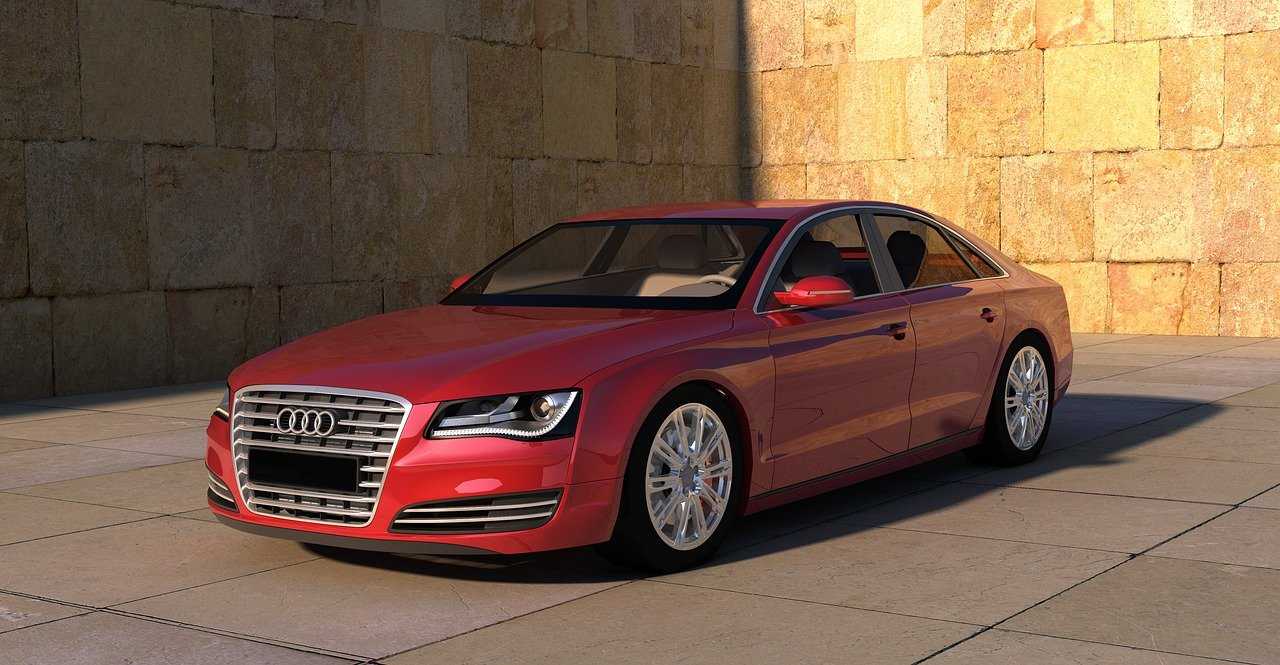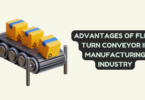
Car
The car industry is reviving from the events of the past year at a much faster rate than previously predicted, aided in no small part by consumer interest in personal vehicles in lieu of shared transport. Trends such as shifts from horsepower to computing power and connected cars (via the Internet of Things) are holding sway in terms of mechanics, but the industry is making strides in terms of design as well, through new materials, safety elements, and wellbeing features. If you are thinking of buying a new vehicle, take note of the following hot design trends.
New Health, Wellness And Safety Features
Forbes sees health and wellness as one of the strongest trends in novel car design. Features such as real-time pollution analysis, in-car vehicle air purification, and massage seats will be adding a healthful element to the daily work commute. Health features will also boost safety. Mercedes-Benz’s concert car, Vision AVTR, for instance, detects the driver’s pulse through the seat to determine his/her awareness level. Israelli firm Eyesight Technologies, meanwhile, uses technology to analyze drivers’ eyelid movements, sending drivers alerts if they are deemed to be falling asleep.
Light-Weight Dynamos
Companies like Mini Cooper and Fiat 500 have long valued lightness in car manufacture, as it is common knowledge that lower weights make for better, speedier performance. West Michigan company, Plasan, is currently using carbon-and-composite materials to reduce the overall weight of a vehicle’s body by a significant degree. Titanium, another classically light yet sturdy material, is another metal of choice, since it boasts excellent mechanical properties, corrosion resistance, and high temperature resistance. It also has good welding and forming capabilities, making it a good choice for engines, car body frames, and damping suspension systems. Titanium metal tubing, meanwhile, is ideal for exhaust systems, since it is anti-corrosive. Currently used in vehicles such as the Chevrolet Corvette Z206, it has been found to improve fuel combustion and acceleration.
Hyperscreen Technology
Mercedes-Benz has designed a new 56-inch hyperscreen, spurred on by the demand for larger screens that enable drivers to communicate and access real-time vehicle data. The screen boasts voice-controlled infotainment and personalized display features, with a 46.4GB/sec RAM bandwidth to reduce screen response times. The aim is to make cars more intelligent, informative and entertaining, with the most important applications continually available contextually at the top of the driver’s field of vision. Mercedes-Benz has provided an example of how the screen might work. If you always call someone while driving home from work, for instance, the car will offer you to make the call at the same time everyday.
Innovations in car design are currently focused on areas such as health, safety and infotainment. New features enable drivers to access key information about their health status and awareness, which can help avoid accidents. New metals such as titanium are helping to improve functionality while guaranteeing lightness. Features such as hyperscreens and augmented reality head-up displays, meanwhile, are providing information and making rides more entertaining, practical and useful, thanks to alerts, reminders, and the personalized presentation of information.






